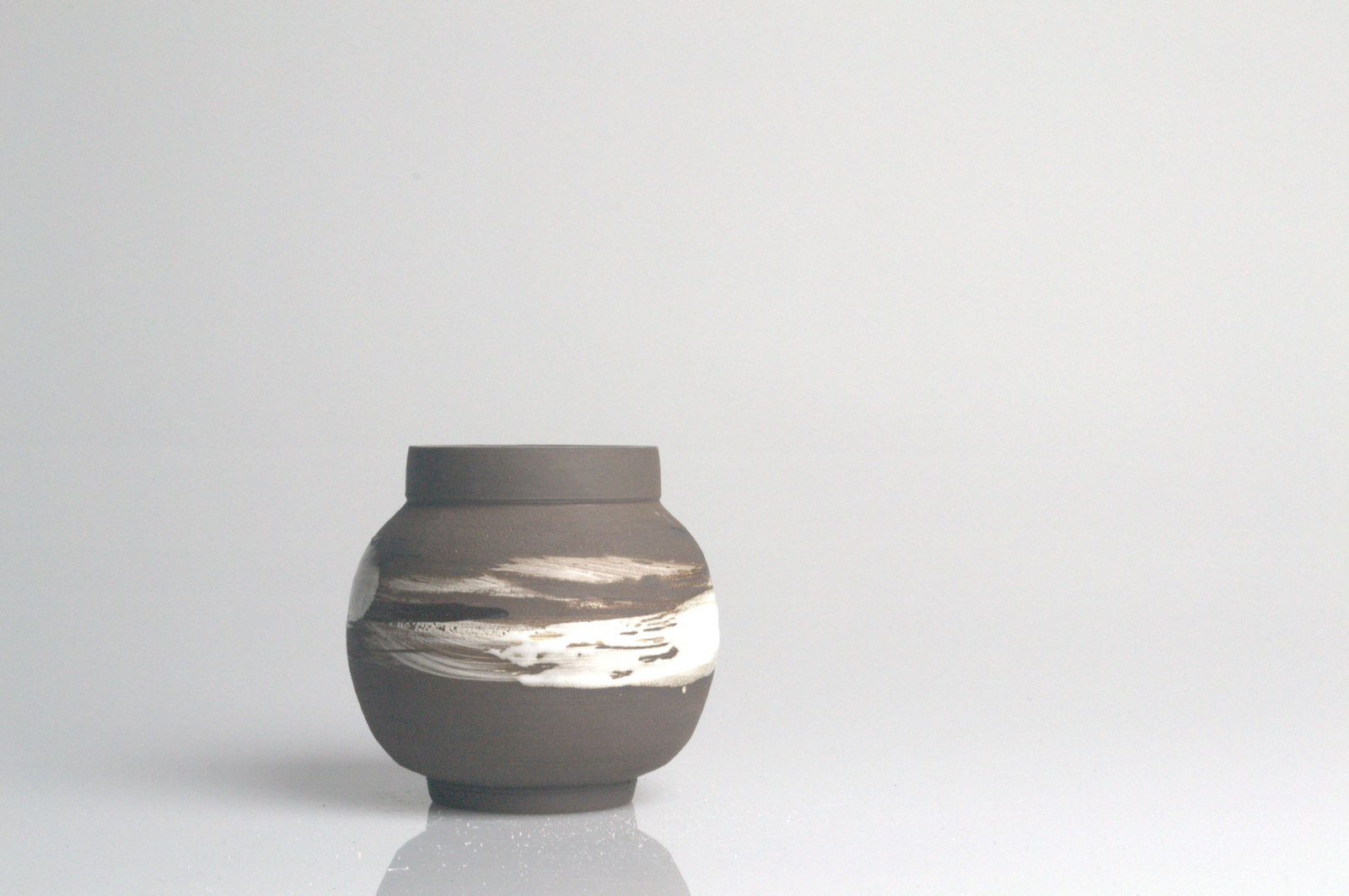After the oppressiveness of black I moved into the lightness of white. A room dedicated to the work of artists who use the monochrome white of a canvas (cloth/ plaster) to engage us in conversation about the use of just white, without image to consider ideas/ spark thoughts. Whilst in the room, there was definitely a sterile feeling. It felt a bit clinical and imposing. Without image the art resists ‘meaning and interpretation’ Tate Modern. Interestingly the Tate noted that ‘for some people, it has come to symbolise everything that is believed to be elitist and difficult about modern and contemporary art.’ (Tate Modern 2020)
‘While the paintings and reliefs in this room all use white, or a range of near-white hues, they demonstrate the many ways in which such an apparently reduced range of possibilities can be employed.’ https://www.tate.org.uk/visit/tate-modern/display/in-the-studio/painting-white
‘It draws attention to a variety of techniques, materials, textures, surfaces, structures and forms, and emphasises the responsiveness of white to light and shadow.’
https://www.tate.org.uk/visit/tate-modern/display/in-the-studio/painting-white
The use of white is something that I’ve been experimenting with in terms of glaze applications. I’d agree that the use of white has encouraged me to explore different ways/ consistency of the white glaze. I’ve been interested in it’s play on shadows and it illuminessence in different lighting. Perhaps this is something I might wish to explore further in presenting my work after completion.
The artists in this room also explore the philosophical, poetic, spiritual or religious associations of white, which in some cultures can suggest contemplation, emptiness, the void or infinite space. Considered in this way, rather than lacking meaning, white becomes loaded with significance.
https://www.tate.org.uk/visit/tate-modern/display/in-the-studio/painting-white
This links nicely with the connotational links to black. A more spiritual focus rather than ending/ death/ existence. Possibly a contrast between the scientific ideas generated from Aldo Tambellini’s work (cells dividing, astronomy, death etc) and those thoughts linked to whiteness being spiritual, enlightened and of course religious. Could this be reflected through my work, an application of the science of geography with the spiritual link to the sublime?
Something else that drew my attention was the Self- Burial (television Interference Project)1969















































































































































































































































